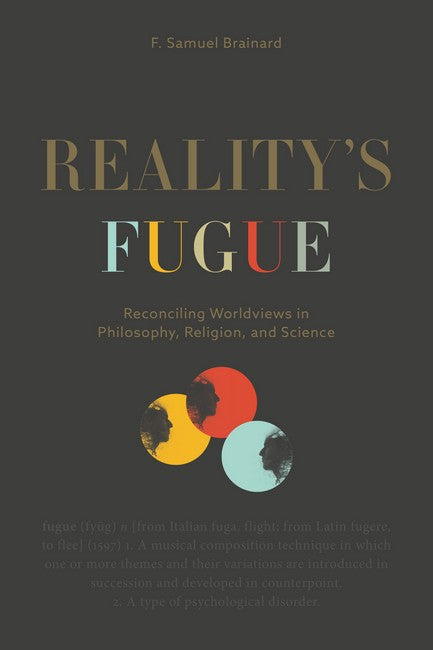Contents
List of Illustrations
Preface
Introduction
PART ONE: What Is Real?
The Predicament
• Of Schizophrenia, Religions, and Conflicting Views of Reality
• Science’s Limitations
• Three Usual Ways to Resolve Conflicting Views of Reality
• Fugues and a Fourth Option
• Another Kind of Fugue
• Summary
Two Views of Reality
• The Need for New Philosophical Tools
• First-Person versus Third-Person Views
• The Two Views before and after René Descartes
• The Concept of “Reality”
• Three Accounts of Reality
• Summary
PART TWO: Three Themes
Universals and Particulars
• The Third-Person View Divides into Universals and Particulars
• Some Historical Roots of the Universal-Particular Distinction
• Universals and Particulars as Principles of Nature
• Universals and Particulars Have an Ambiguous Relationship
• Universals, Particulars, and Accounts of Reality
• Summary
Hinduism and the Third-Person View
• Why Hinduism?
• Brahman
• The Everyday World
• Enlightenment
• The Five Cloaks of Brahman
• The Different Philosophical Schools
• Summary with Strengths and Weaknesses of this Strategy
Awareness and Its Objects
• First-Person Accounts of Reality
• The Cartesian Roots of Western First-Person Philosophy
• A Phenomenological Illustration of First-Person Philosophy
• Awareness and Conscious Awareness
• Summary
Buddhism and the First-Person View
• Why Buddhism?
• The Buddha and the Four Nobel Truths
• The Nature of Reality
• Universals as Arising through Causal Interaction
• Enlightenment and “Presence”
• History after the Buddha
• Summary with Strengths and Weaknesses of this Strategy
The Dualism of Everyday Reality
• Dualist Accounts of Reality
• Reality as What Is “Public”
• Reality as What Is “Present”
• Phusis versus Techne: The Natural versus the Artificial
• Individual and Collective Agency
• Summary
Western Theism and the Dualist View
• Everyday Dualism versus a Higher Truth
• Polytheism
• From Polytheism to Monotheism
• Philosophical Influences
• Human Nature and Life Goals
• Summary with Strengths and Weaknesses of this Strategy
PART THREE: Reality As Fugue
Introduction to Part Three
Awareness’ Two Roles
• Who Are We Really?
• Awareness’ Two Roles
• Sitting in a Café
• The Consciousness Problem
• Summary
Artifacts of Awareness
• A Definition for Awareness
• A Mosaic of Groups: CORs, Classes, and CODs
• Descartes Reconsidered
• Our Concept of Self in Space and Time
• Summary
Physical Reality
• Reality as Emergent
• Mathematics and the Behavior of the Universe
• Two Pictures of Physical Reality
• Quantum Strangeness
• Schrödinger's Cat
• Summary
Religions Revisited
• Philosophy, Religion, and Mystery
• A Riddle Blocks Our Way
• At Home in the Everyday Puzzle of Reality
• Gateless Gates
• Moving On
Postscript 1: Scale as a Dimension of Reality
Postscript 2: A Definition for Truth
Acknowledgements
Terms Defined in this Book
Glossary of Hindu and Buddhist Terms
Notes
References

